I’m not gonna lie—when I read the specs of the new Trek FX+1S, I had big expectations. Just a few years back, legacy brands were hesitant to adopt not only the throttle, but the rear hub motor as well. This created a gap for consumers: legacy big brands with fitness or performance-themed analog (non-motorized) bikes, often north of $3K, or the then relatively unheard-of DTC brands that now dominate the space, like Lectric, Aventon, and others.
While many Direct-To-Consumer (DTC) brands have been killing it in the rear hub space since that time, Trek—a biking industry juggernaut that’s been making bikes since 1976—was quietly plotting a shot across the bow that looks to disrupt the DTC party. Meet the Trek FX+1S, a Class 3-capable, throttle-equipped, rear hub e-bike designed with the modern commuter in mind.
Oh, and it’s priced at $1,999.
Complete with a 500W motor that pumps 60Nm of torque, 650Bx50c tires, over 50 miles of range, and the Trek Central app that allows riders to fine-tune the motor’s performance to their liking. Plus, practical features like front-to-back LED lighting with turn signals and a frame ready to mount everything from your daily work essentials to the weekend gravel grind.
So, how does 50 years of bike-making experience translate to the crowded rear hub and throttle e-bike landscape? This review aims to find out.
Trek FX+1 vs Trek FX+1S
We should start by talking about the name, as a quick glance at Trek’s website and you will quickly see two versions of this bike, the FX+1 and FX+1S, and they appear to be identical.
So, what’s the difference between the Trek FX+1 and FX+1S? Well, it all comes down to e-bike regulations and speed. The FX+1 is limited to 20MPH and available to all, the FX+1S is limited to 28MPH and cannot be shipped to California per the Trek website.
I was sent the FX+1S for testing and was able to get a well-rounded idea of the new rear hub motor felt in the real world, not just specs on a marketing page.
My Experience Riding The Trek FX+1S E-Bike
Curb appeal, colors: I was sent the juniper green for testing, and with the black accents and tan sidewall Bontrager 650×50 tires, it’s a sleek look that looks nice.
With 4 sizes available, I was sent the Large frame size, said to accommodate a fit range of 5’ 9” to 6’ 1”, where I fall firmly in the middle at 5’ 11”. As expected, the fit was very good with room in the seat post to go either direction.
With a reach at just 15.5” couple with a 90mm stem (7 degree rise) it creates a hybrid riding position that leans into the platform ergonomic pads of the bontrager grips, typical of a commuter bike with a flat bar.
Trek opted for the Hyena MRC-TR24A rear hub motor, rated at 500W’s, 60 Nm of torque and activated via a torque sensor. Which BTW, is shared on both the FX+1 and FX+1S versions.While I was pumped to see how it performed, in full transparency, I also had high expectations for a brand like Trek to do a hub motor. Fortunately, it did not disappoint, at all. The 500W’s and 60Nm handled everything I threw at it with relative ease, tackling inclines at 9% and only losing about 3MPH, and then 5 to 7% gradients were unphased and held speed with no losses at all. It’s a series of hills I hit with each bike, and this performance was objectively strong.
The motor is quiet, yet you do hear a slight e-bike motor whine at full blast in ‘High’ mode which I’ve come to expect at some level when the motor is working hard. The torque sensor is fluid, and feels ‘natural-ish’ while keeping the soul of an e-bike, meaning it’s still punchy and fun when you want it, as opposed to other more ‘cyclist/pedal focused ebikes I’ve reviewed like the FX+7S with the TQ mid-drive.
The display is sufficient with all the needed ride metrics like pedal assist level, battery level, time, headlight and turn signal indicators, as well as odometer, and estimated range. I will say, I did a range test on a mid-day when the sun was high and bright, and found the screen at certain angles to get completely washed out and appear ‘off’ despite knowing it was on. This was corrected by simply rotating the display down a bit or moving my head angle.
Comfort is a subjective area for a lot of folks and contact points like the saddle, grips and even the tires play a massive role in how you perceive a bike’s comfort. I found the FX+1S to be comfortable in my rides,despite the bontrager Sport saddle that was firmer than I wanted, but your mileage may vary there.
The 650×50 Bontrager tires were a big help in smoothing out the rigid frame ride by airing down a bit and still having low rolling resistance. Giving this bike frame clearance for a 50mm tire was a smart move that translates to more comfort, smoother at speed and versatility in rides. You could use this rig equally well in any scenario from recreation, fitness, commutes or rig it up with the plentiful mounting points (including the fork arms) for a weekend gravel getaway. Further, the use of Shimano’s ESSA rear derailleur with ‘Shadow’ tech (better spring tension) that reduces and in my case eliminated chain slap, making it more viable in light trail conditions.
Overall, the Trek FX+1S (and FX+1) meet a good sweet spot, it’s conservative enough to keep modest and use for fitness, it’s practical enough to use for work commuters with a rear-rack and fender ready frame, or wild enough it can tackle some trails and weekend adventure.
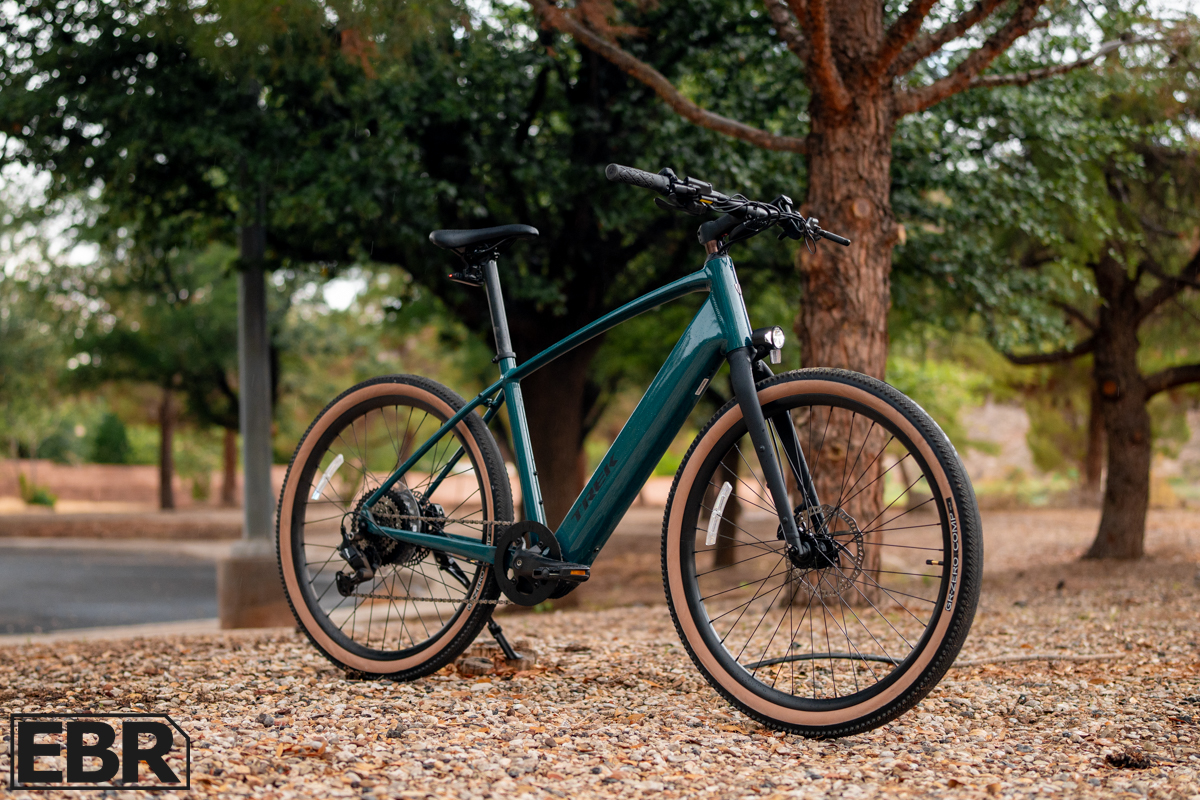
Range
Estimated Range (from Trek Central App Estimation):
- 51 miles (Based on factory motor power settings.
Real World Range Test Results:
- MIN PAS: 52 miles
- MAX PAS: 33 miles

Trek’s range estimation proved remarkably accurate—and that’s not something I say often. The Trek Central app’s 51-mile estimate lined up almost perfectly with my real-world testing, hitting 52 miles on minimum assist. What’s even more impressive is the smart battery management system that kept me informed without any unexpected drop-offs or surprise dead battery moments.
The FX+1S delivered far more range than I expected, likely thanks to some genuinely smart programming under the hood. The range estimation on the display remained accurate throughout both tests, and the bike maintained full power right down to 0% battery—no frustrating power tapering that leaves you limping home on fumes.
On MAX assist, I covered 33 miles over essentially two hours, maintaining around 20 mph the whole time. While the bike’s capable of hitting that 28 mph max speed, it takes a concerted effort from your legs working in tandem with the PAS system to get there consistently.
On MIN or Eco mode, I logged 52 miles over 3.5 hours at around a 14 mph pace—very solid numbers at practical speeds. These results become even more significant when you factor in the lack of power drop-off and the consistently accurate battery level estimations. For commuters or recreational riders, this kind of predictable range performance is exactly what you want from a daily-use e-bike.
Power (Motor & Battery)
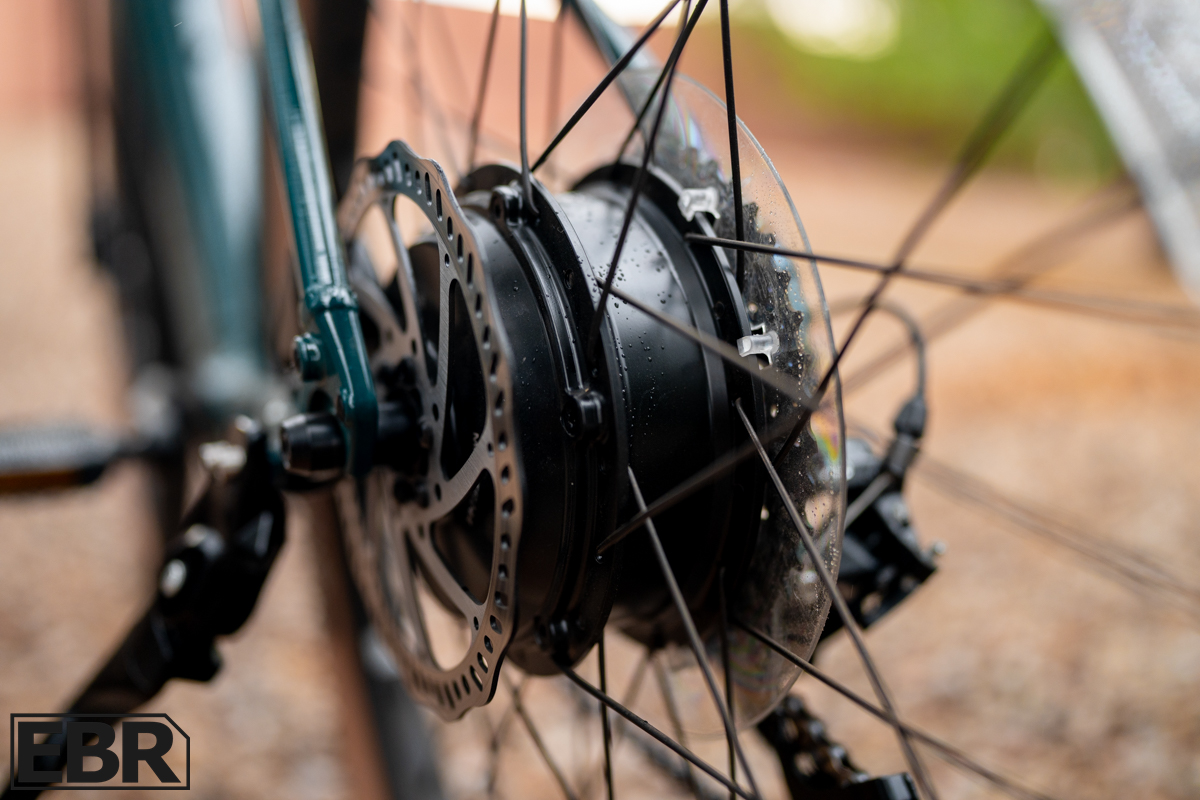
The FX+1S is surprisingly excellent for a 500W motor setup on hills. I took it up a quarter-mile hill with a 5-7% grade on throttle only, and it didn’t drop a single digit from its cruising speed. Then I hit a 9% grade, still throttle-only, and it only dropped about 3 mph. If you’re in a hilly area and don’t need some massive 750W fat tire e-bike, this has plenty of power to get the job done.
On flats, it’s great—smooth and easy to get up to 28 mph very quickly with Trek’s torque sensor. It’s well done and feels natural but still has that “e-bike” feel that many riders are after. This isn’t like the pedal-focused PAS on the FX+7S I recently reviewed. It was all about the pure cycling feel—this has the e-bike assistance vibe that most people want. The throttle speed is good and effective. Not a speed racer, not sluggish—just a good peppy balance that feels confident when you need that extra push.
The 10.6Ah, 520Wh battery is fully integrated into the down tube, meaning you can’t remove it yourself, but service techs can access it when needed. Trek’s charging setup is surprisingly well thought out with their EasyMag system. The magnetic attachment is Trek’s version of MagSafe for you Apple folks, and the charger has an LED display showing charging progress. It’s wall-mounted and still portable—yes, finally! The smart BMS handles battery longevity including settings in the Trek Central app for smart charging. You can set it up for things like long-term storage (winter up north) or just extend battery life with the 80/20 rule. Charging time is roughly 5 to 5.5 hours for a full 0-100% charge, less if you’re using the smart BMS settings.
Components
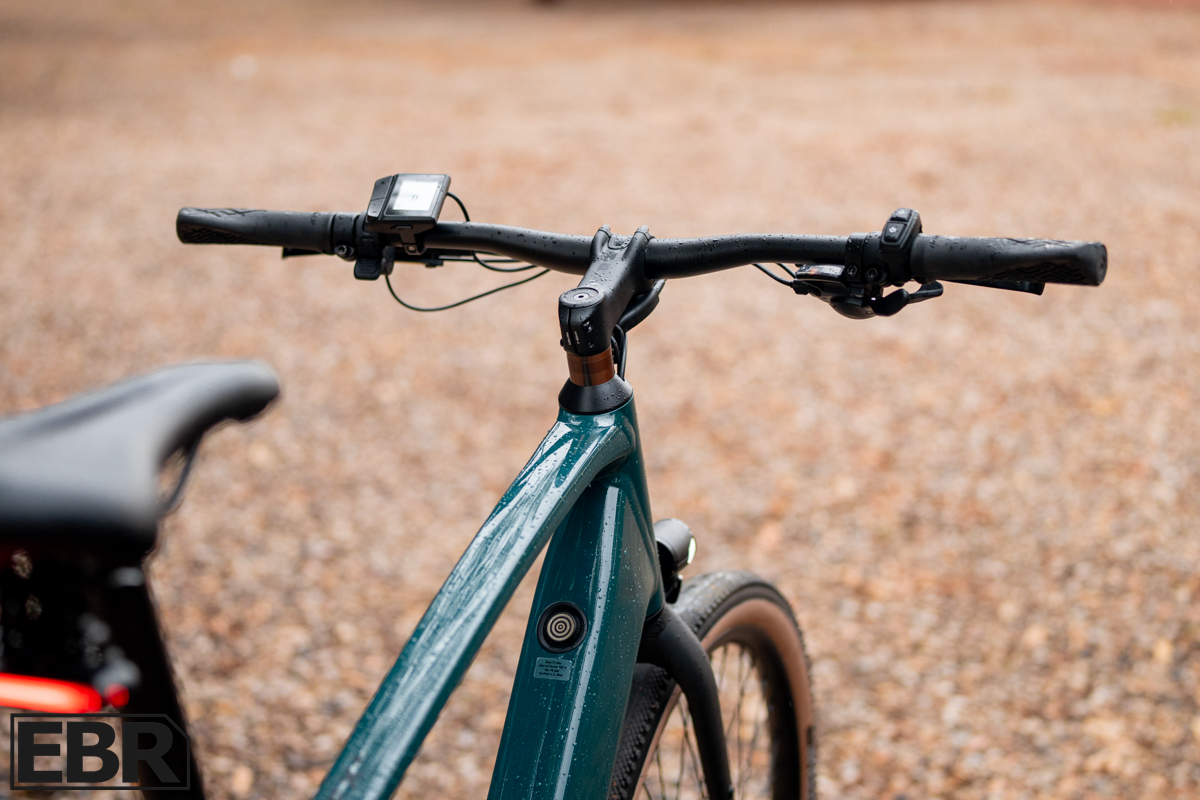
The cockpit features a flat bar alloy design with all cables neatly routed through the headset, keeping with the bike’s sleek look. It comes complete with ergonomic Bontrager grips, left-side thumb throttle and display, with the right side housing the Shimano Altus trigger shifters.
The brakes are made by “Rush,” which was new to me, but I was intrigued to try them out. Braking performance is there with no issues—pretty typical of entry-level hydraulic disc brakes. They’re 2-piston with 180mm rotors, a fairly standard setup at this price point. They also have motor cutoffs for safety, which is great to see.
With a rigid frame and fork, the contact points become a bigger deal for comfort. Fortunately, the 650Bx50c tires do an excellent job of soaking up road chatter. Admittedly, I aired down to the upper 20s PSI since I value comfort over speed at my age… kind of 🙂.
The drivetrain uses Altus triggers—though I’m not sure if this is the new “ESSA” Cues system. The RD-U2000 rear derailleur offers better chain retention and great performance thanks to Shimano’s Shadow tech. The Shimano HG400 cassette provides an 11-45 range across 8 speeds, paired with a 40T steel chainring. Trek says 40T remains the max chainring size they’ll spec, but it’s an easy upgrade to something lighter if you want. It’s a solid setup that makes sense paired with a rear hub motor and handled everything I needed it to do. Shifting was good and precise throughout testing.
The LED lighting setup includes front and rear lights plus turn signals—great for commuters and safety visibility. Combined with mounts for fenders, a rear rack, and fork arm bags, this bike is equally comfortable taking you to work as it is hauling you on a weekend overnighter in the backcountry.
Screen / User Interface / App
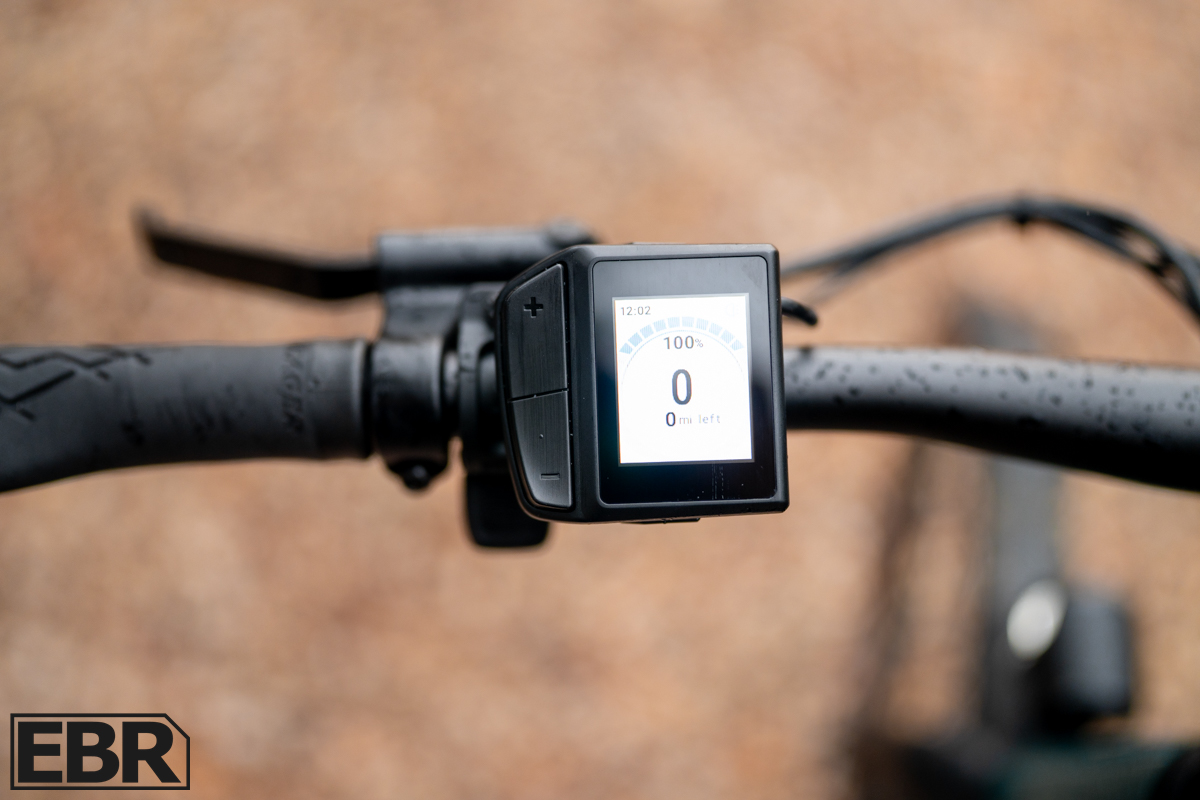
The display works fine and gets the job done, though it’s not the most premium-looking unit out there. In bright sunlight it occasionally washed out, but I had no real functional issues with it. The display shows riding mode (Eco, Mid, and High) with a range remaining estimator that starts with a very conservative estimate—in some cases only 20 miles. But as it computed my use and riding style, it dynamically corrected mile by mile, and by the time my range test was done, I felt like it was basically spot on. It just takes some time for the system to learn your ride. I don’t know if this is a case-by-case or ride-by-ride thing in the programming, but it was very effective. Other data on the display covers the basics like odometer, trip meter, headlight and turn signal indicators, and Bluetooth connectivity when paired to the Trek Central app.
Speaking of the app, it’s a full suite of goodies that riders will likely find useful. First is the tire pressure calculator—it calculates the ideal tire pressure based on rider weight for this specific bike. It’s a handy tool for those struggling to read the near-invisible raised rubber print on the side of the tire or who don’t want to guess within a wide use range.This keeps it simple and even shows the “sweet spot” plus low minimums and high maximums based on weight. Smart stuff.
There’s also GPS ride tracking as expected, but the maps aren’t only streets like all the others—they include helpful layers like public lands, topo lines/elevation, and even ride route planning based on remaining range. Again, that’s the smart stuff I was excited to see Trek bring to the table.
Tinkerers will appreciate the motor tuning, allowing you to tweak the power level, torque, and pedal response of each PAS level. When you make adjustments, you get updated estimated range numbers that correlate to your battery level and motor tuning. Plus other basics like ride history (if tracking with the app), your bike’s hardware and software info plus OTA updates, rider profiles, and finally the ability to let a rider keep multiple Trek bikes in the same app. Many brands require you to “unpair” one bike and forget it before adding another. I’ve been looking forward to more brands doing this since it’s only a handful right now, and it makes sense for someone who has more than one bike. I have like seven, so maybe I’m the outlier, but it’s still useful.
As expected with Trek, it’s a smart setup that gets the job done with extra features and creature comforts to elevate the experience—part of what you’re buying with brands like Trek.
Trek FX+1S Model Options
The Trek FX+ series offers two frame styles to suit different riders. The High-Step Frame (FX+ 1) features traditional diamond geometry for maximum structural integrity, while the Mid-Step Frame (FX+ 1S) uses a step-through design for easier mounting and dismounting.
Both styles come in four sizes: Small (5’1″ – 5’5″), Medium (5’5″ – 5’9″), Large (5’9″ – 6’1″), and X-Large (6’1″ – 6’6″). The High-Step frame is available in Dark Star black and Juniper green, while the Mid-Step comes in Era white and Juniper green.
Each bike includes multiple attachment points with two downtube bosses for bottle cages or accessories, two fork pack mounts, and front and rear fender mounts. Every FX+ comes with an EasyMag charger with Smart BMS, basic flat pedals, reflectors, and user guides.
Optional accessories include Bontrager rear racks, ORTLIEB pannier bags, MIK trunk bags, Trek adventure frame bags, upgraded pedals with traction studs, bottle cages, water bottles, air pumps, and cable locks. The FX+ series combines versatility and electric assistance for commuting, recreation, and adventure riding.
Trek FX+1 and FX+1S Manuals
Things happen, you have questions and need answers, we get it. Here are the Trek FX+1 (and FX+1S) manuals in pdf form to view and download:
- Trek FX+1 Service Manual
- Trek FX+1 Motor and Display Manual Hyena (MRC-TR24A)
- Trek FX+1 EasyMag Charging Manual
Is The Trek FX Plus 1S Worth Buying?
Pros
- Smart BMS with new features like Long Term Storage Modes, Charge Alerts, Extended Life Mode and Optimized Charging
- Sleek Look with colors like Juniper Green, White and a Matte Black paired to 650×50 tan-wall Bontrager tires.
- Quiet and capable motor that can be ‘tuned’ via the Trek Centra App, plus 3 levels of pedal assist, a throttle and plenty of power.
- The 520Wh battery gave me 52 miles of range on Eco Mode and 33 miles on High mode.
- Trek quality feels apparent, smart frame design with modern geometry, good components and a versatile ride.
Cons
- In a few rare instances, the display was completely washed out by the direct sunlight.
- The Rush hydraulic Disc brake levers tend to ‘rattle’ any sort of bumpy road.

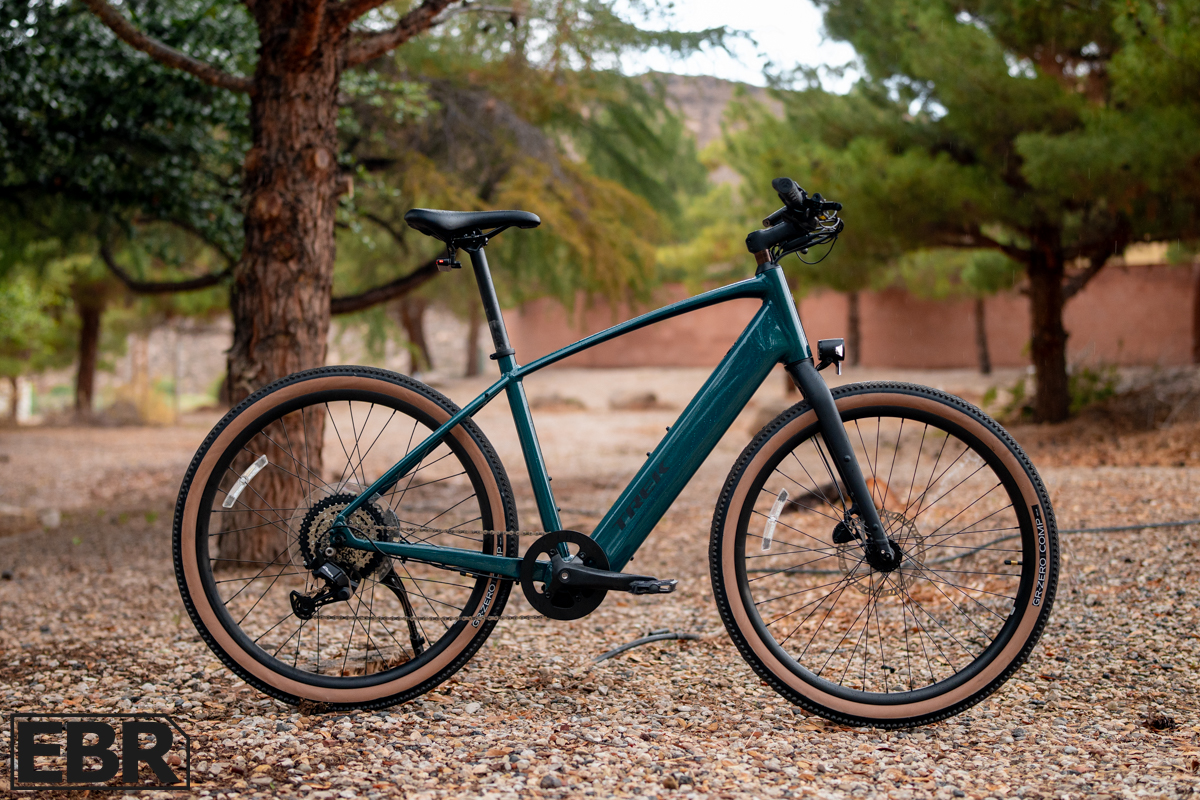

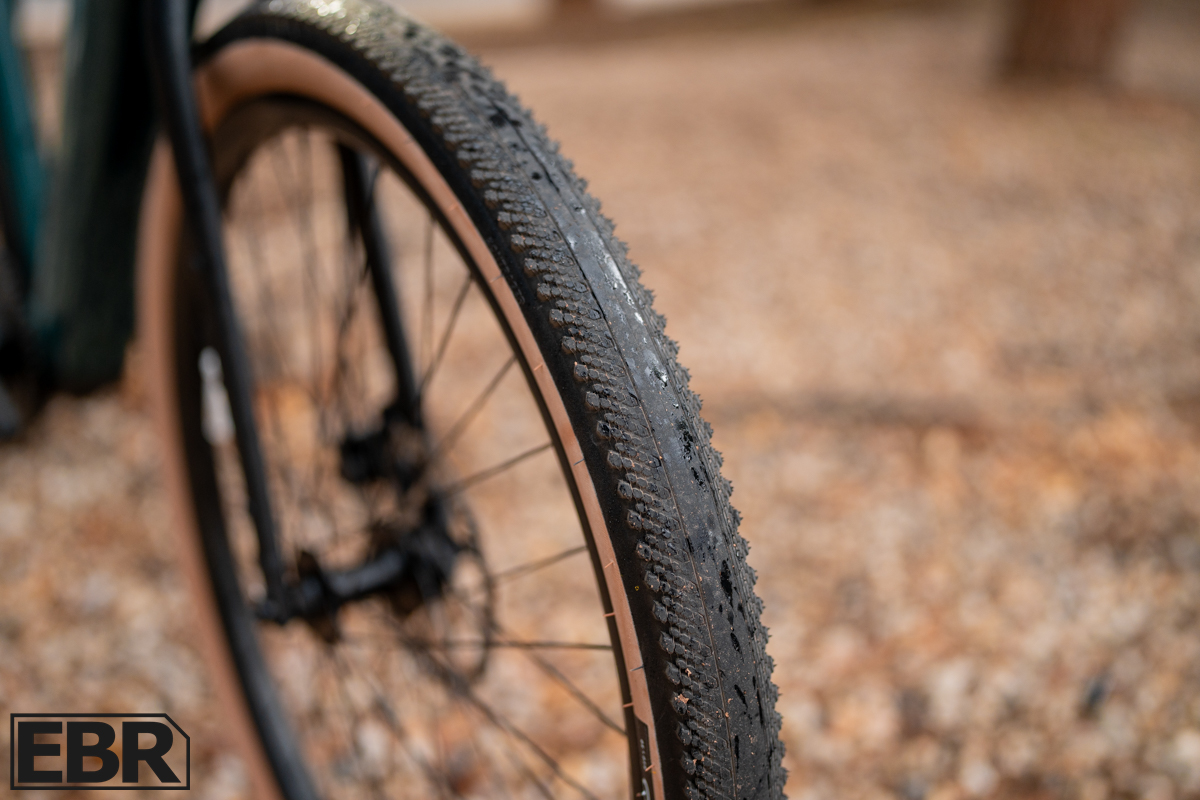
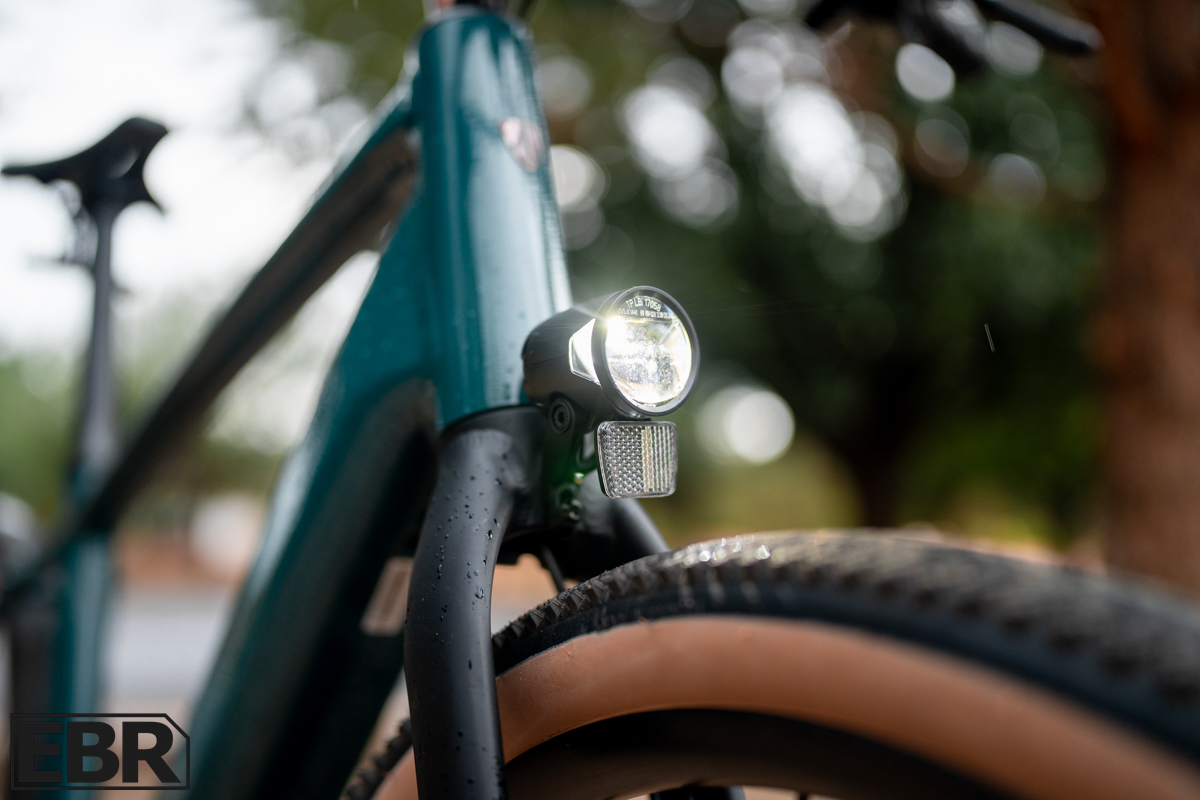
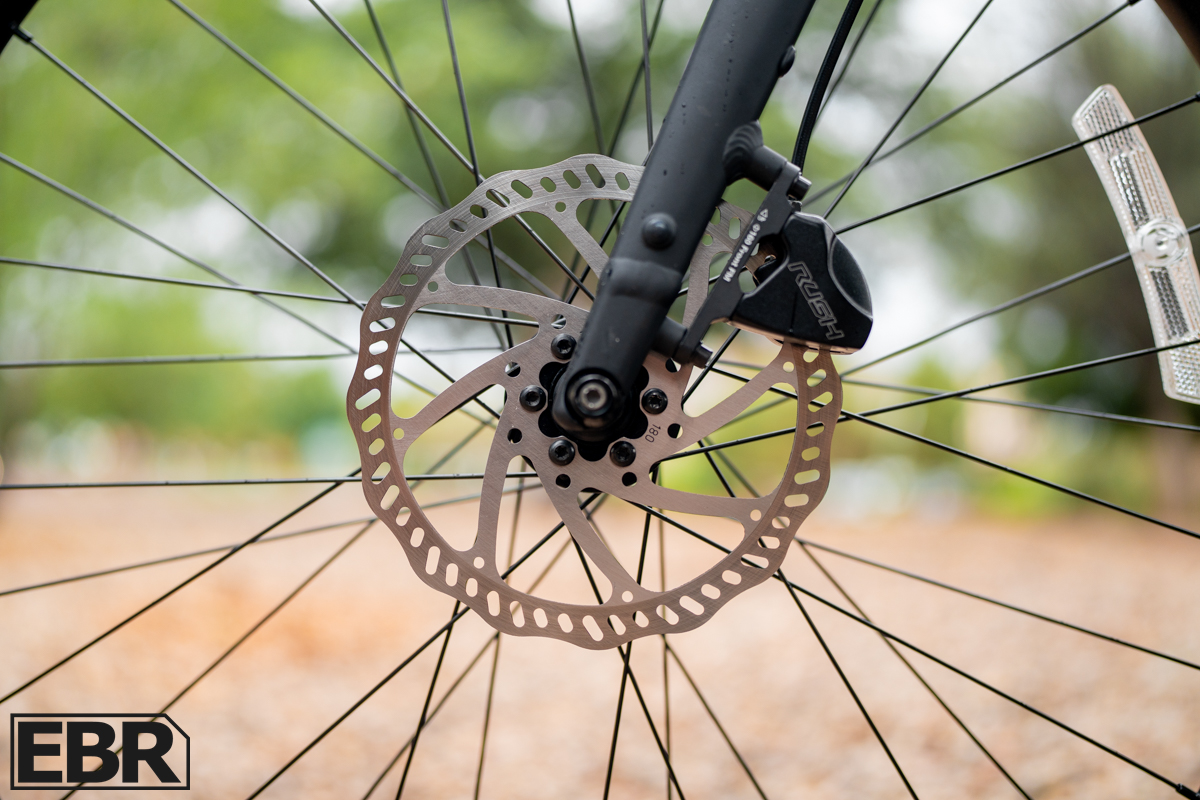
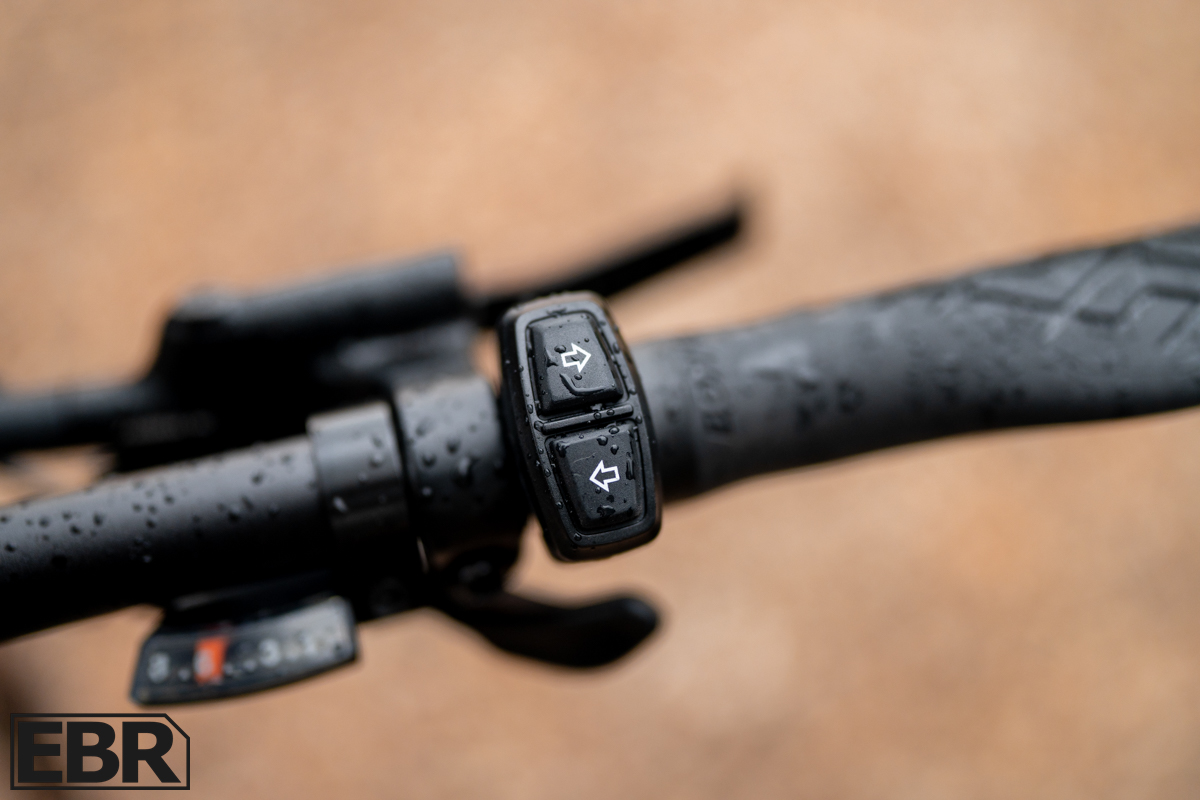

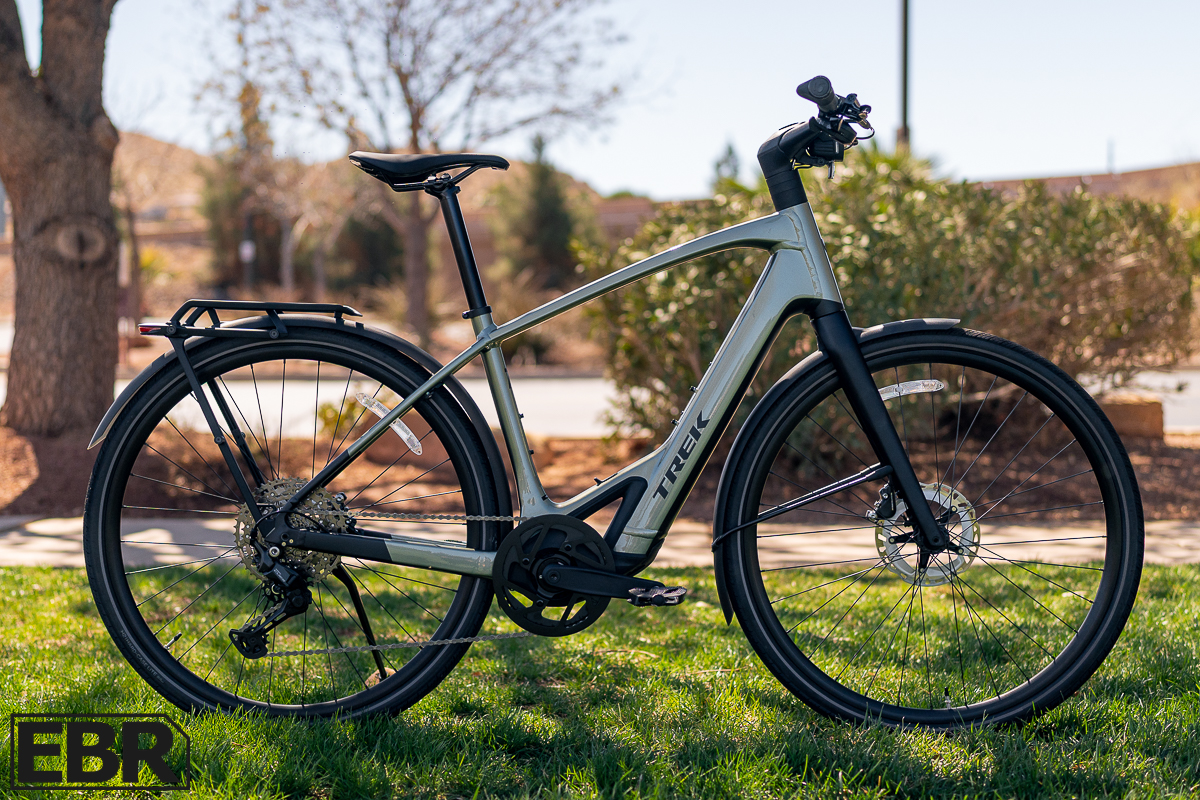

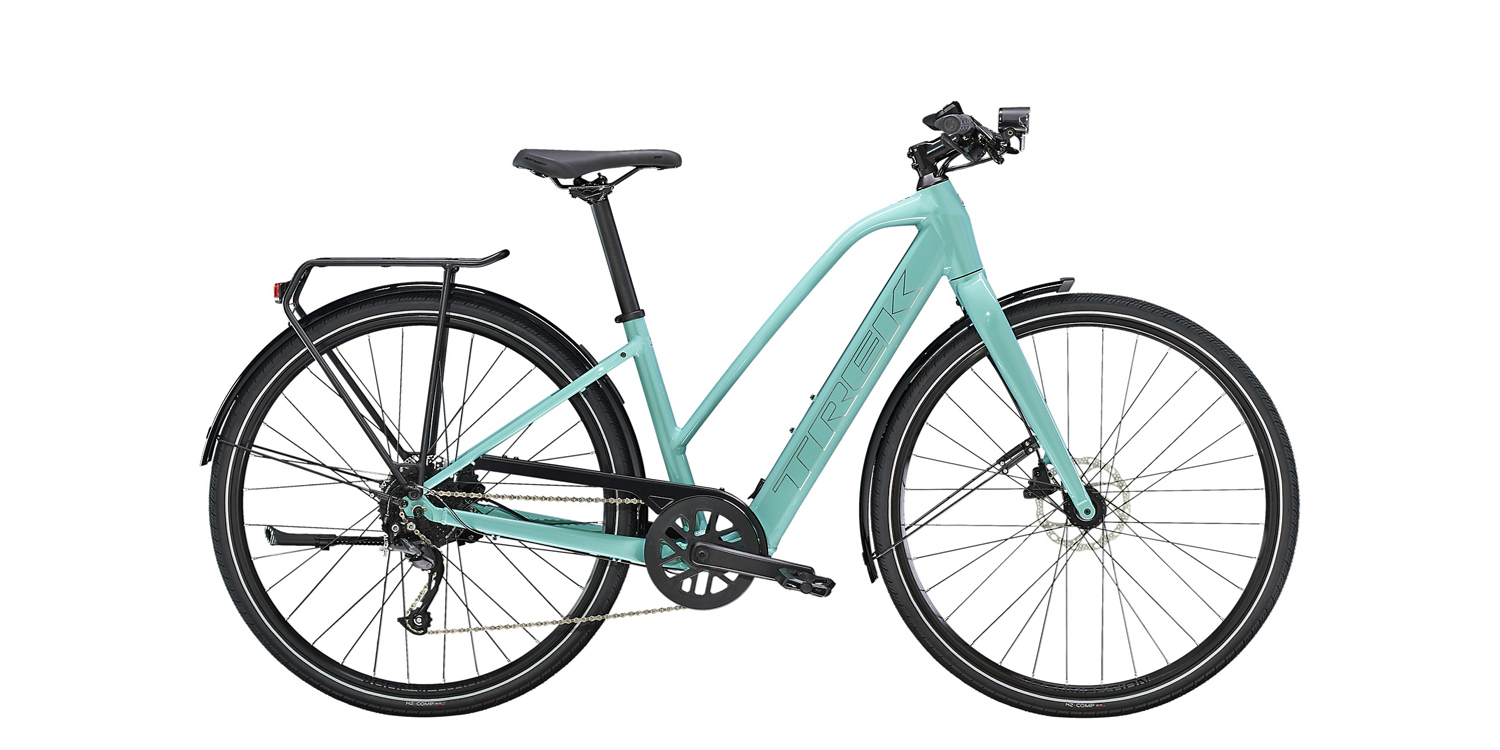
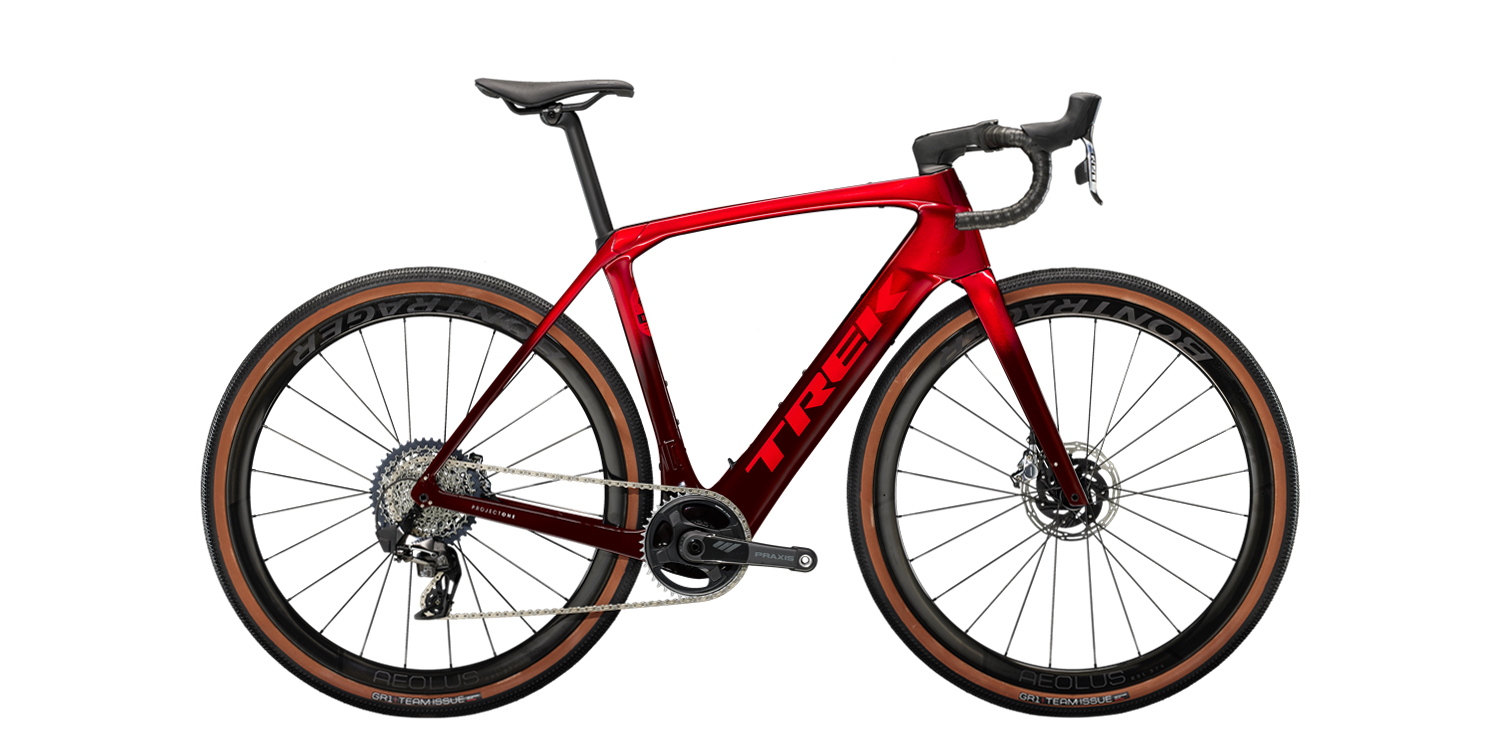
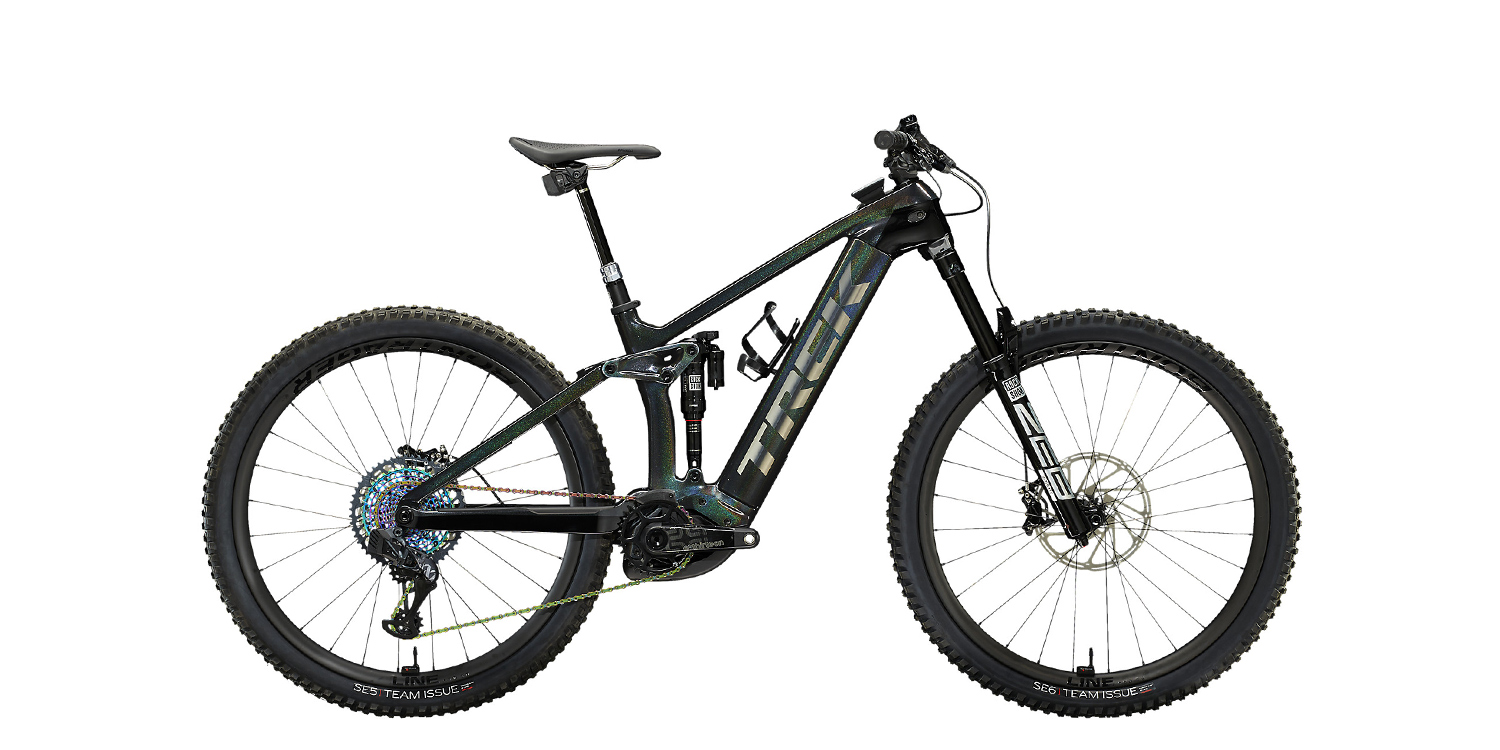
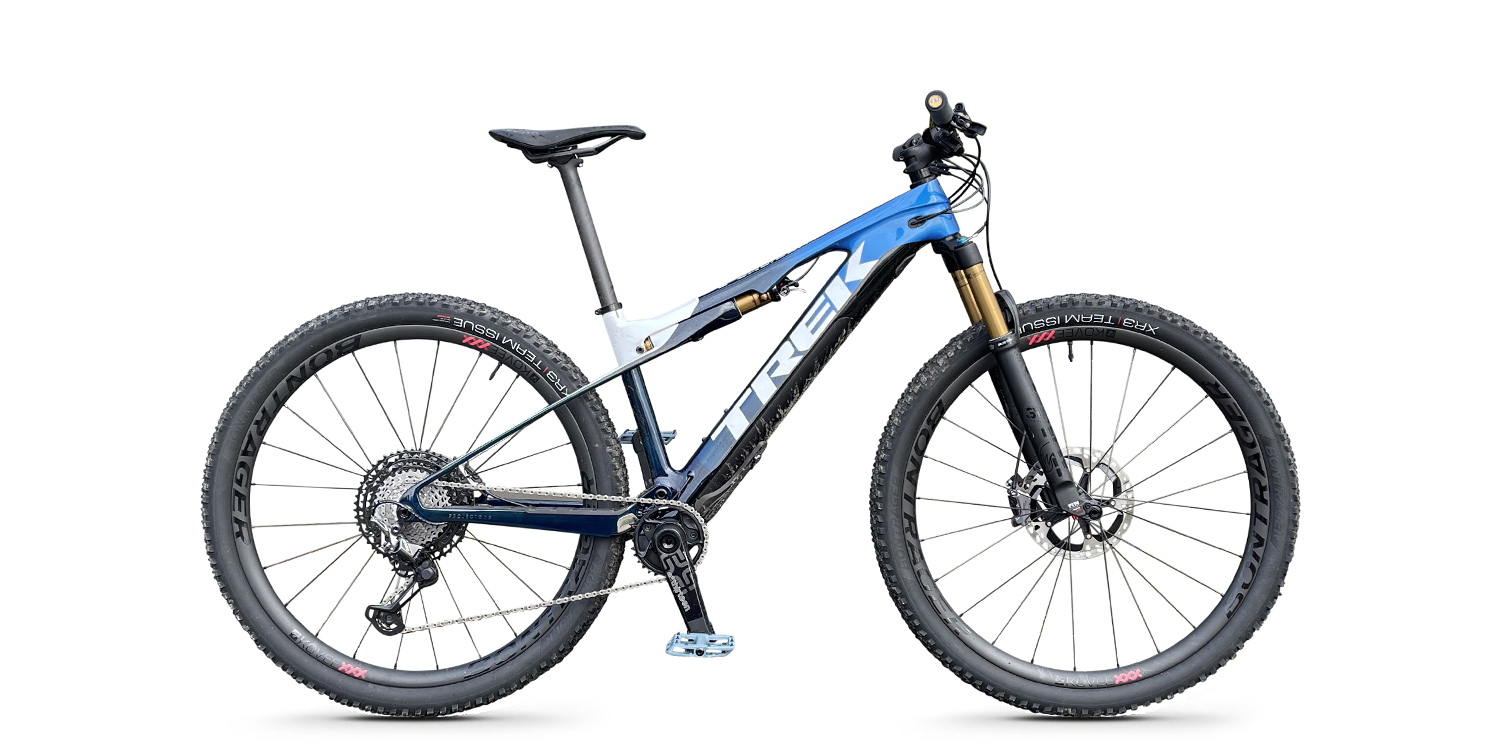


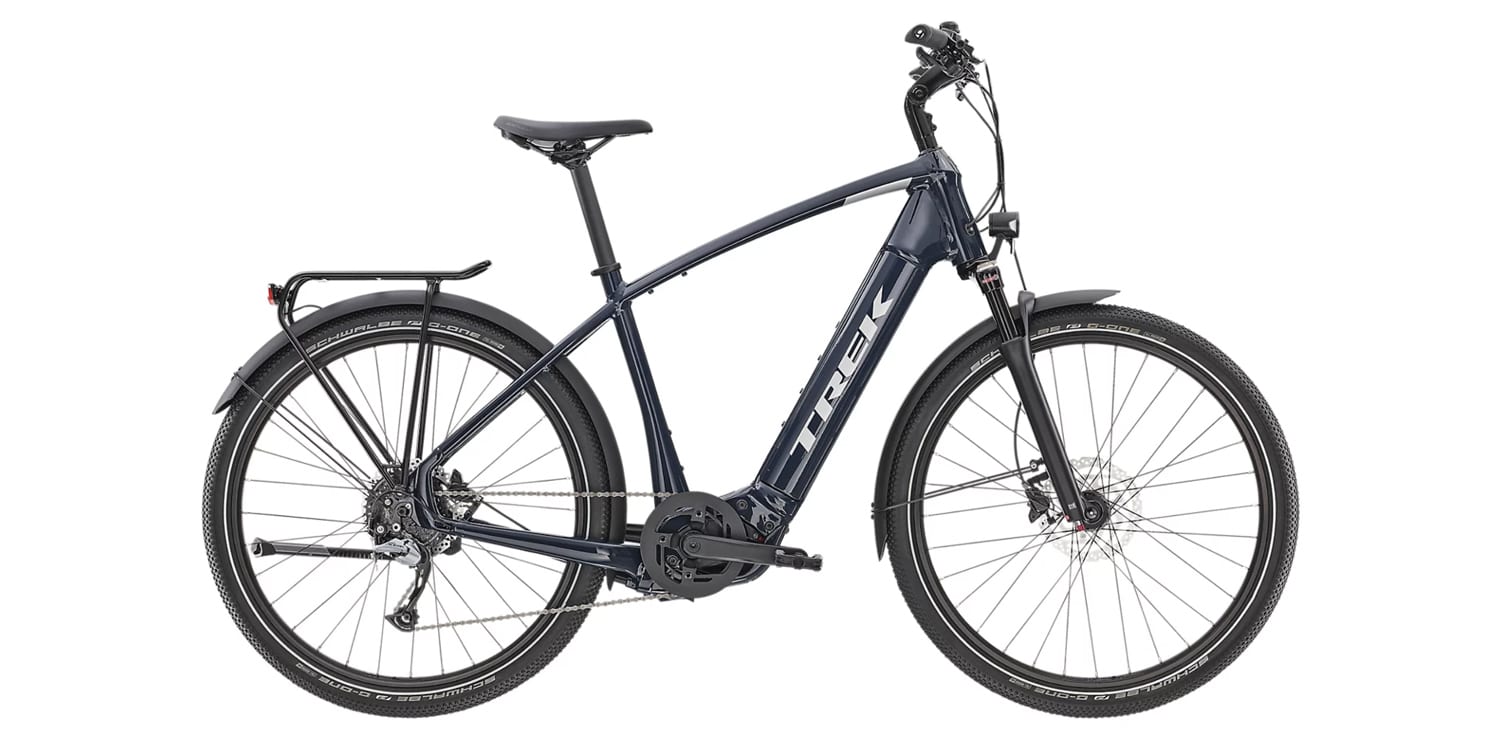
Reader Interactions